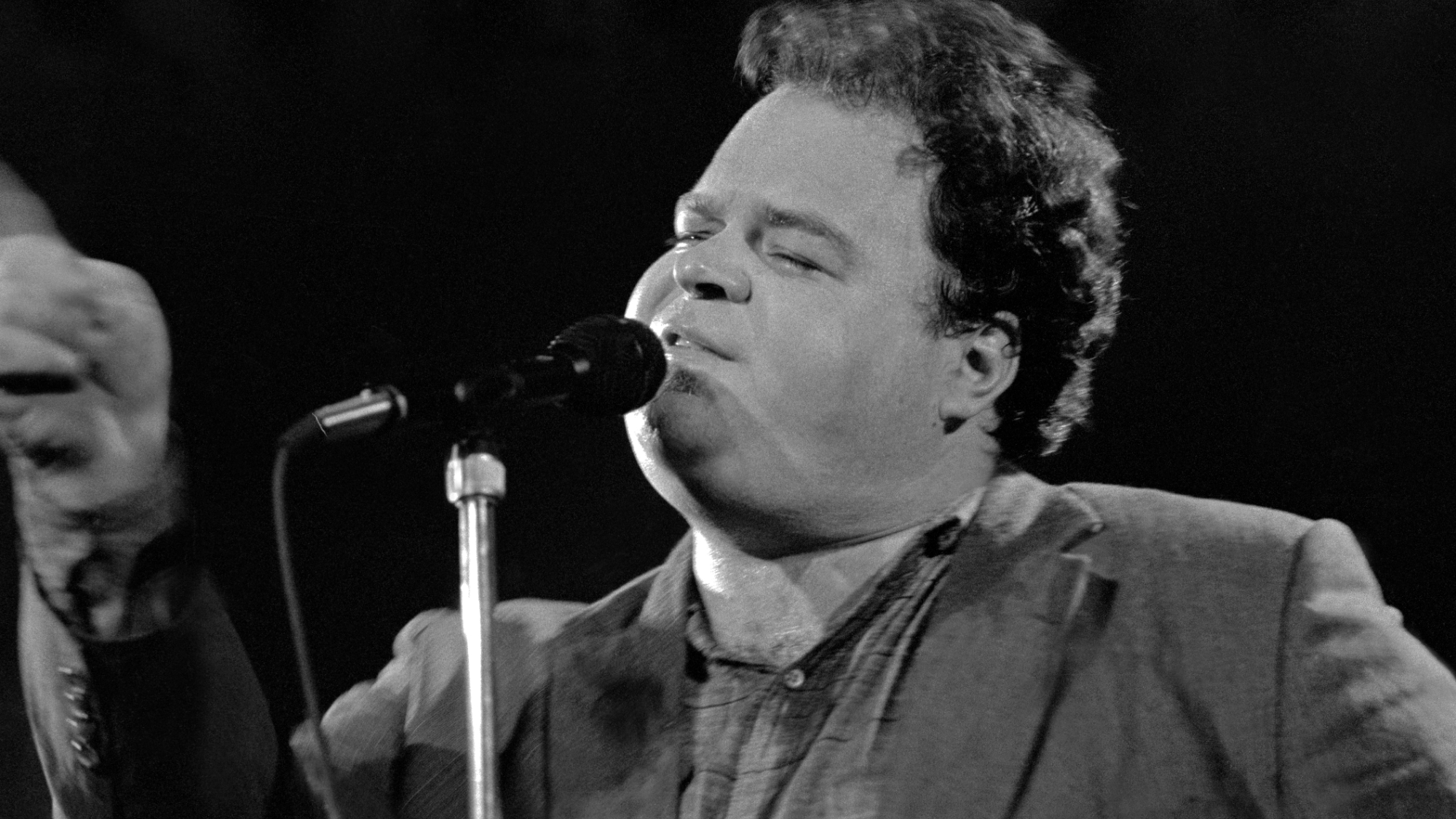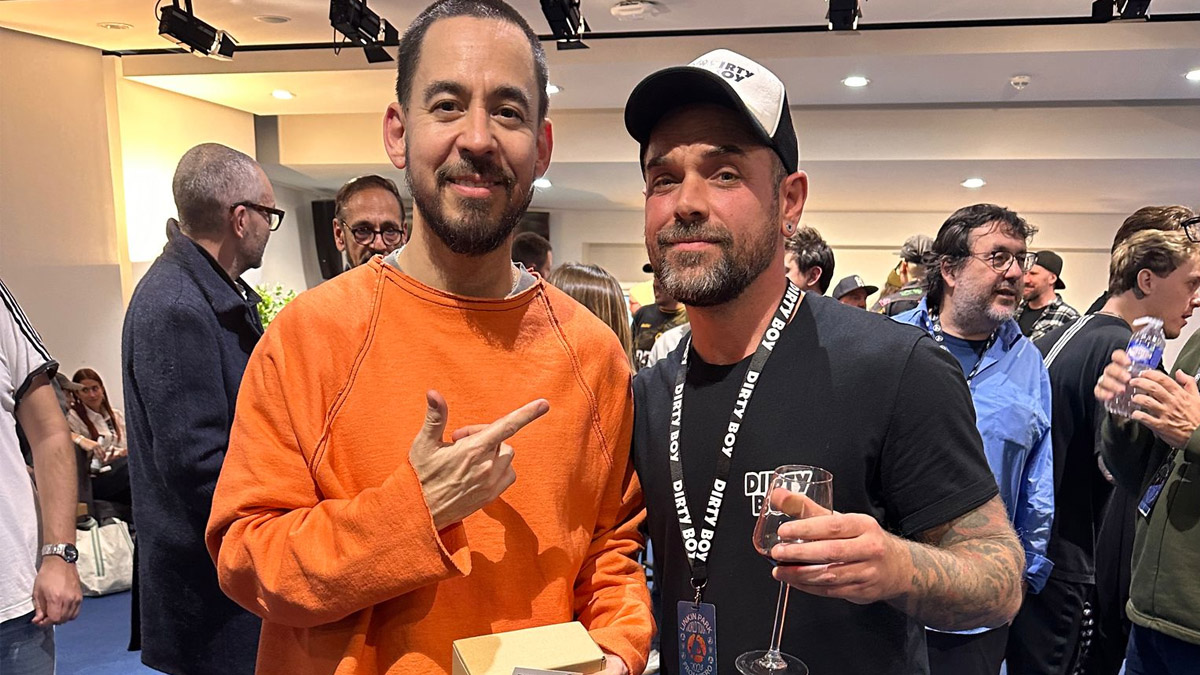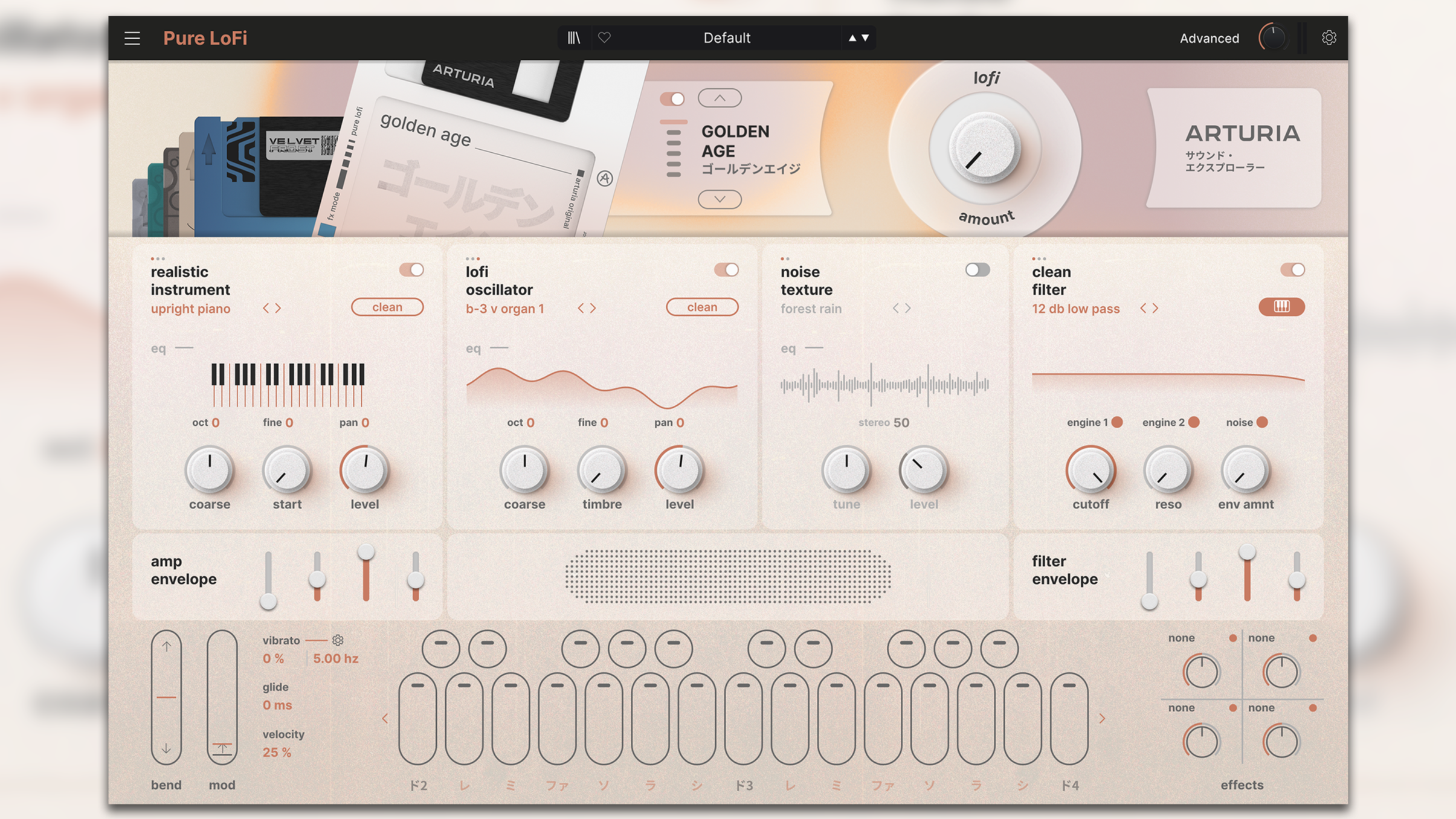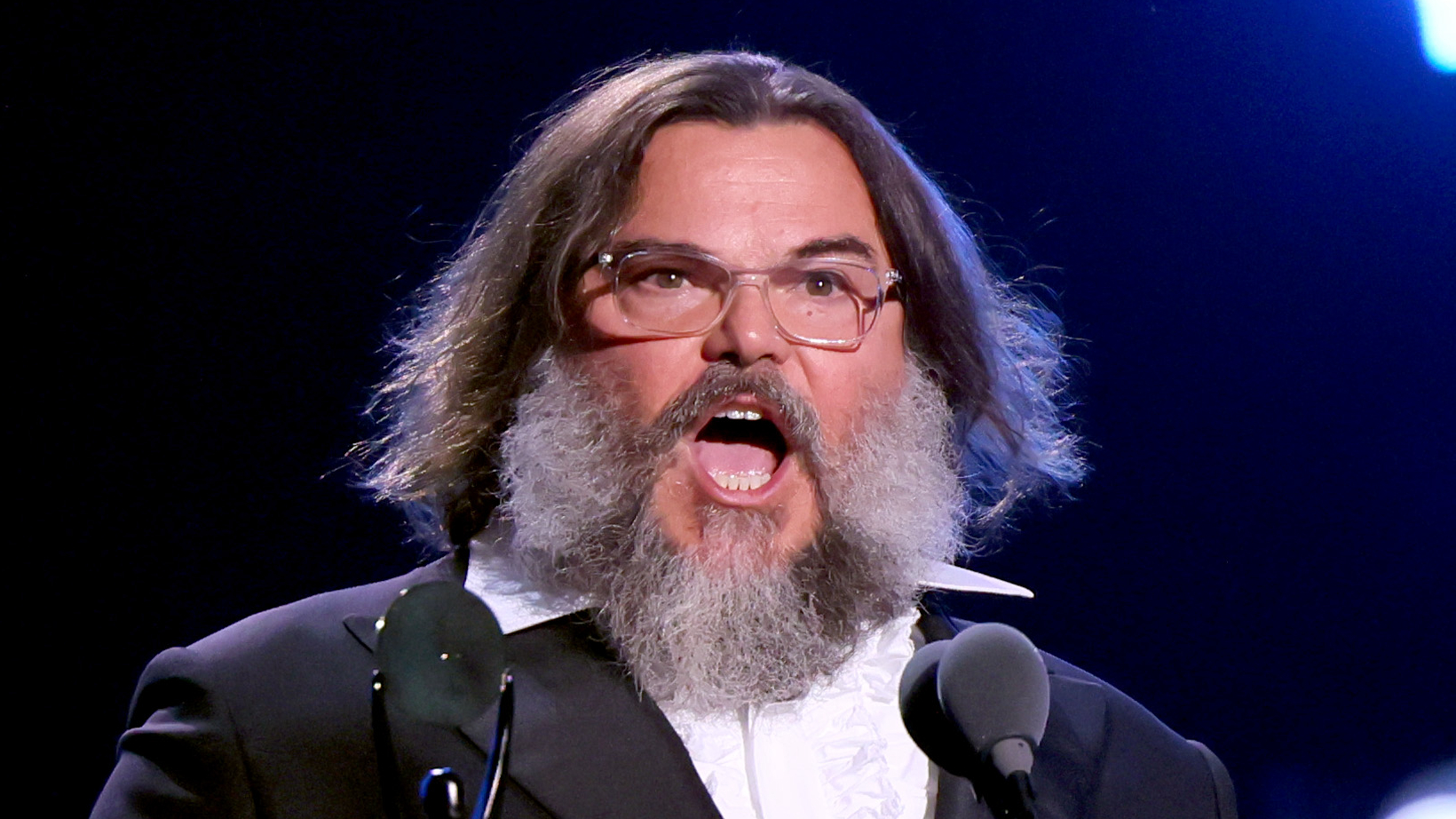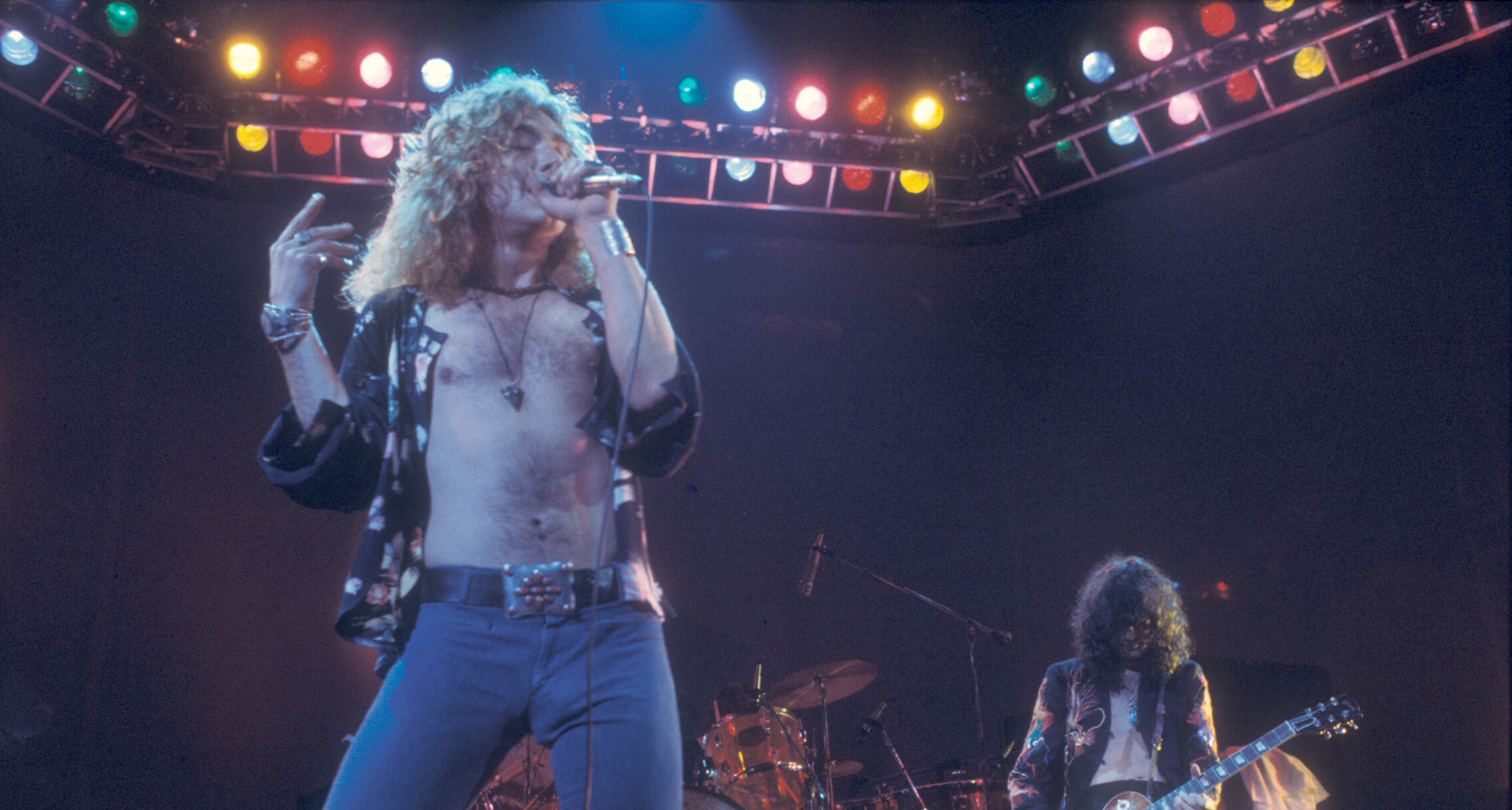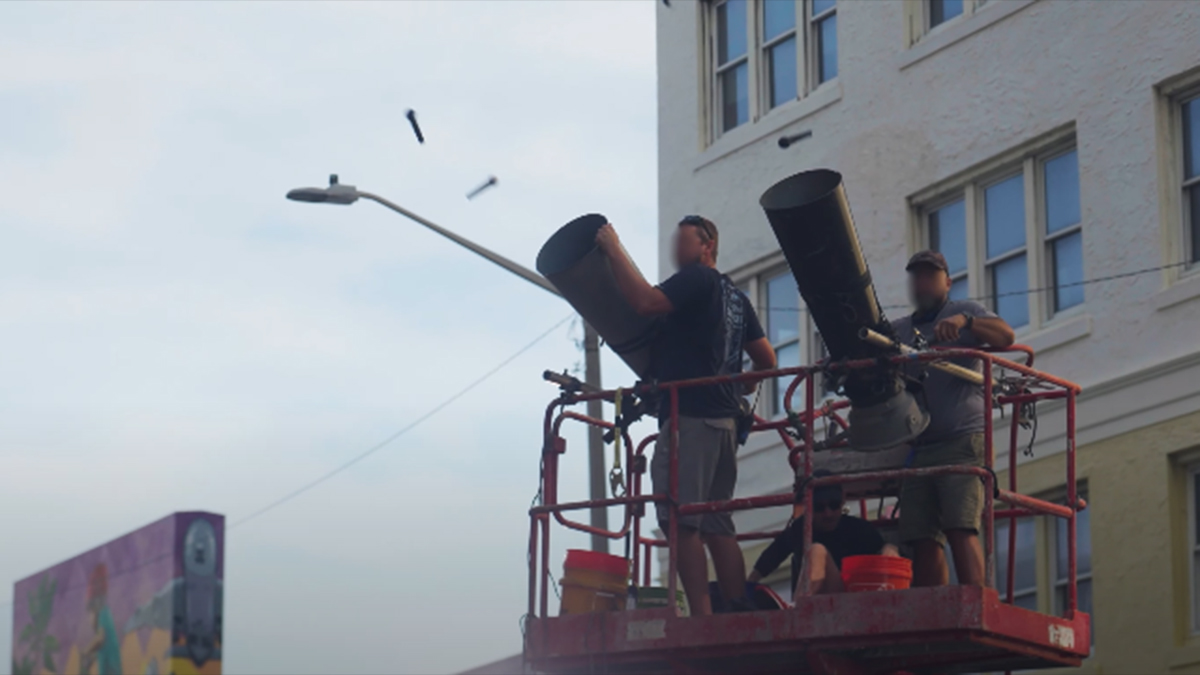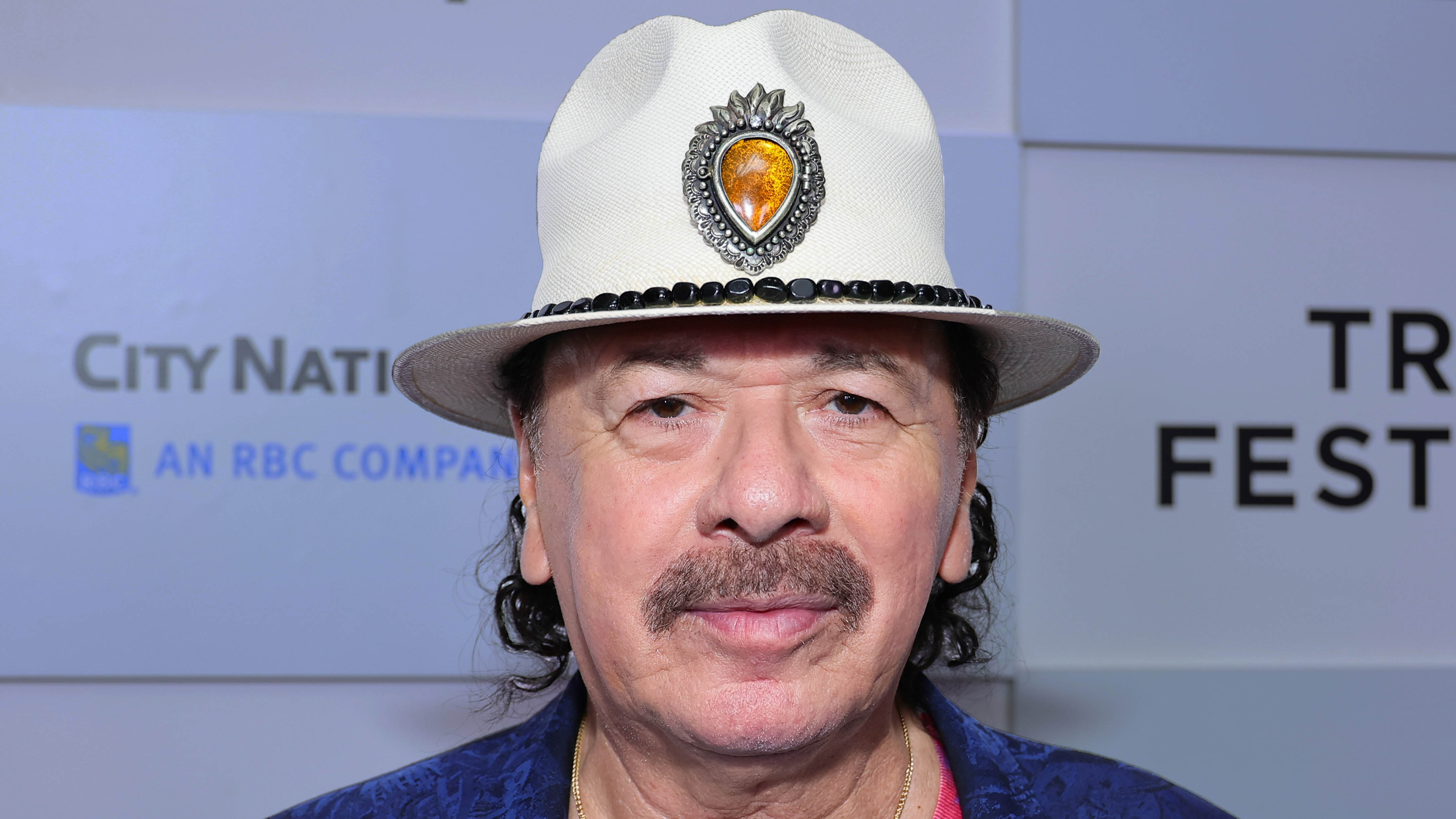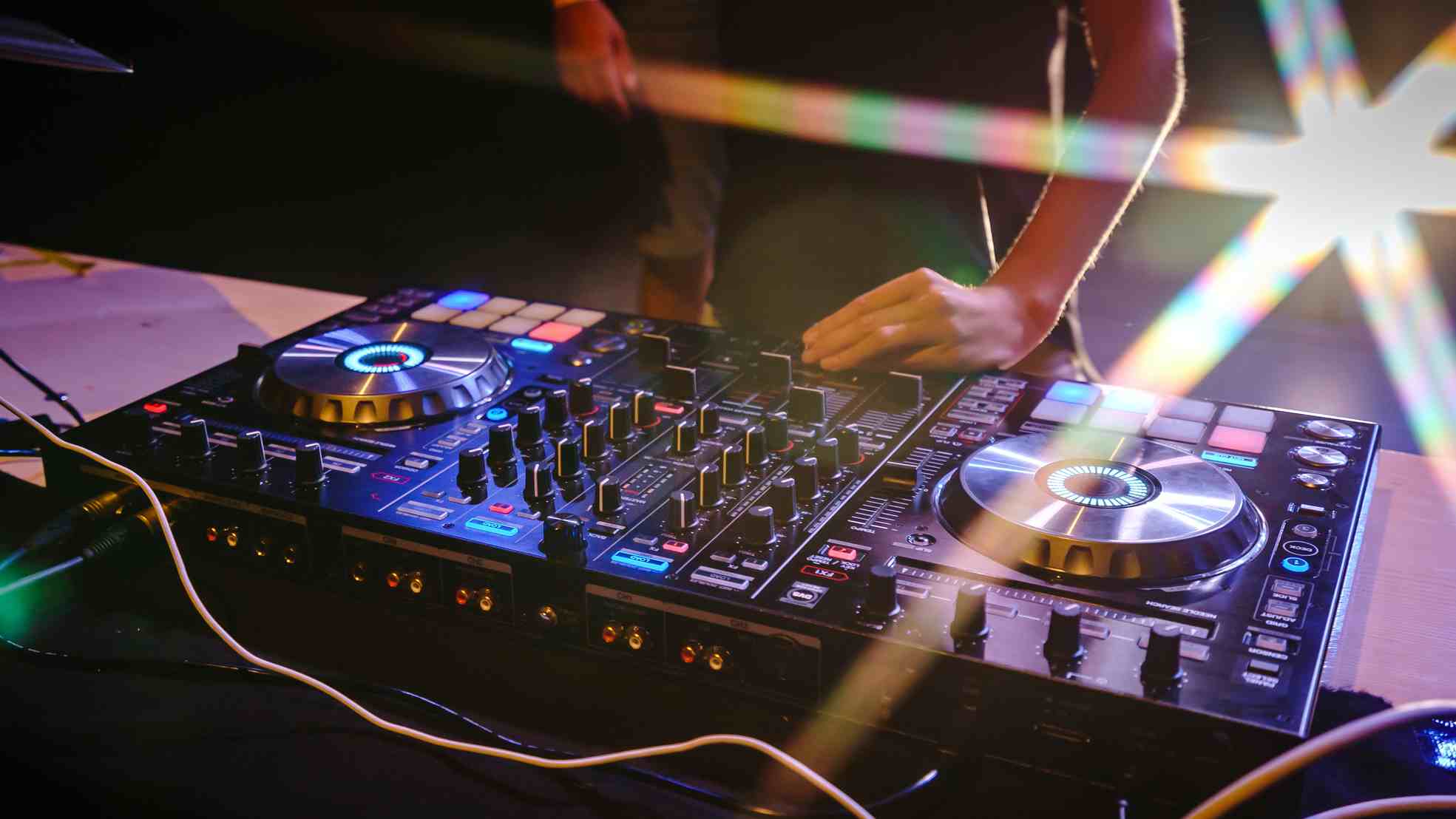"The contractors had to excavate half a sphere in the ground and blow up a massive circular balloon in it." We’d forgotten how gloriously crazy Vince Clarke’s dome-shaped recording studio was. Here’s what it is now...
He had huge hits with Depeche Mode, Erasure and Yazoo, so decided to build a Hobbit house and fill it with synths. We'd have done the same, to be honest
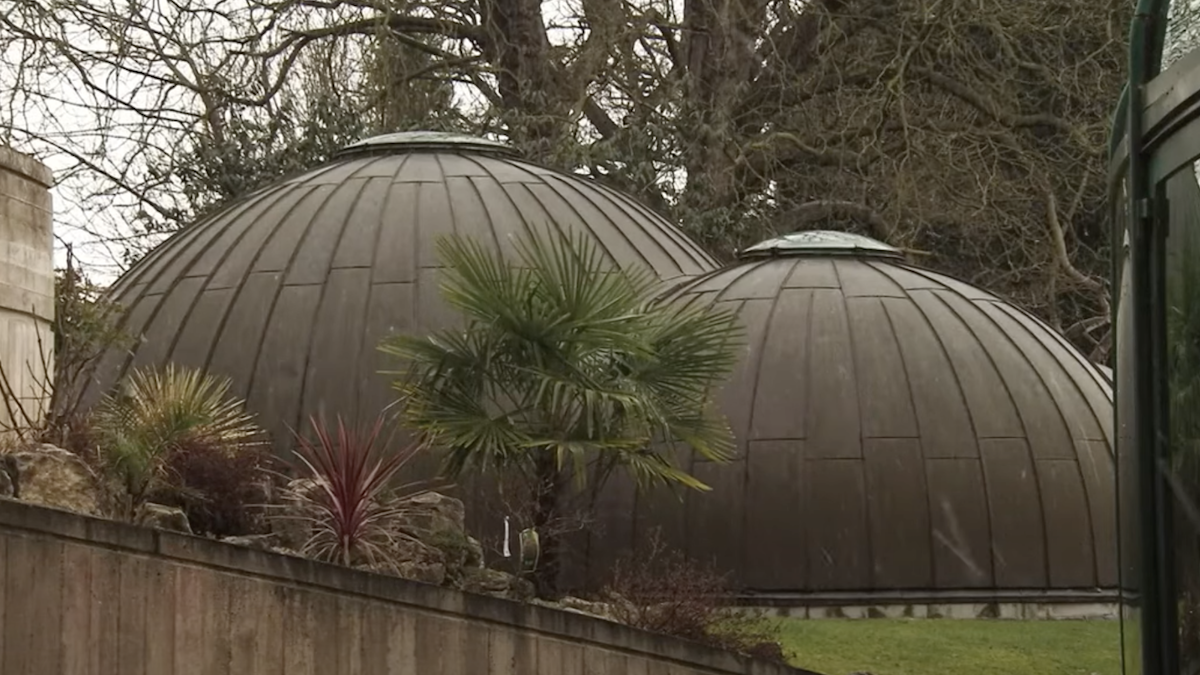
Ex-Depeche Mode and Yazoo member and current Erasure star Vince Clarke is, as you probably know, something of a legend behind the keys. He’s had huge and enduring hits over the last 40 years including Only You, A Little Respect and Just Can’t Get Enough.
That success has brought with it one of the best collections of synthesizers on the planet, only matched in girth by the recording studios he has had built to house them in.
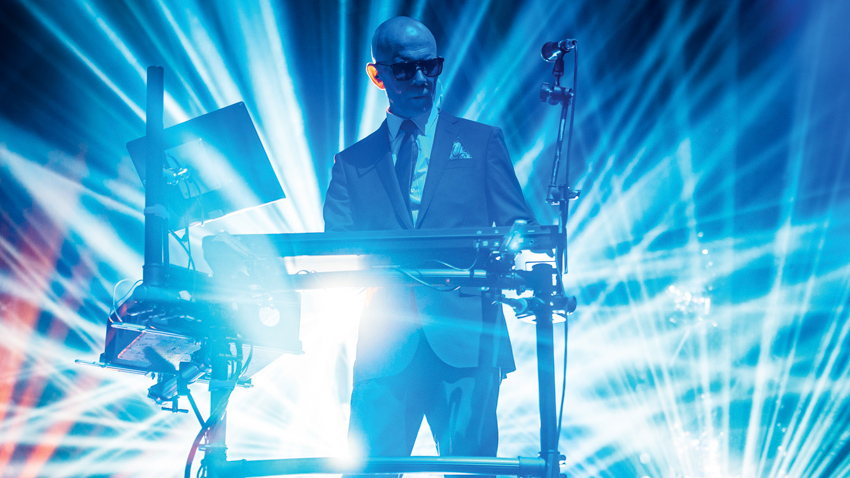
None of Vince's studios has been as impressive and frankly bonkers as the dome recording studio that he owned back in the '90s
Over the decades Vince has had studios in various locations including different places in London, a secret-ish ‘wall of sound’ studio in Amsterdam and a couple in the States where he now resides.
But none has been as impressive and frankly bonkers as his dome recording studio that he owned back in the '90s. This purpose-built structure featured two domes, one housing everything Vince owned synth-wise and the other resembling some kind of entrance hall airlock.
He constructed it and a matching house after returning to the UK from Amsterdam, and it took him around four years in total. And when we say ‘matching house, we absolutely mean it. The house was a giant dome too, and finished in copper and stone.
Unlike the studio, it had many windows within its contemporary design, whereas the studio had none, presumably so Vince wouldn't be distracted by the outside world while he was putting music together for Erasure albums like I Say, I Say, I Say and Chorus.
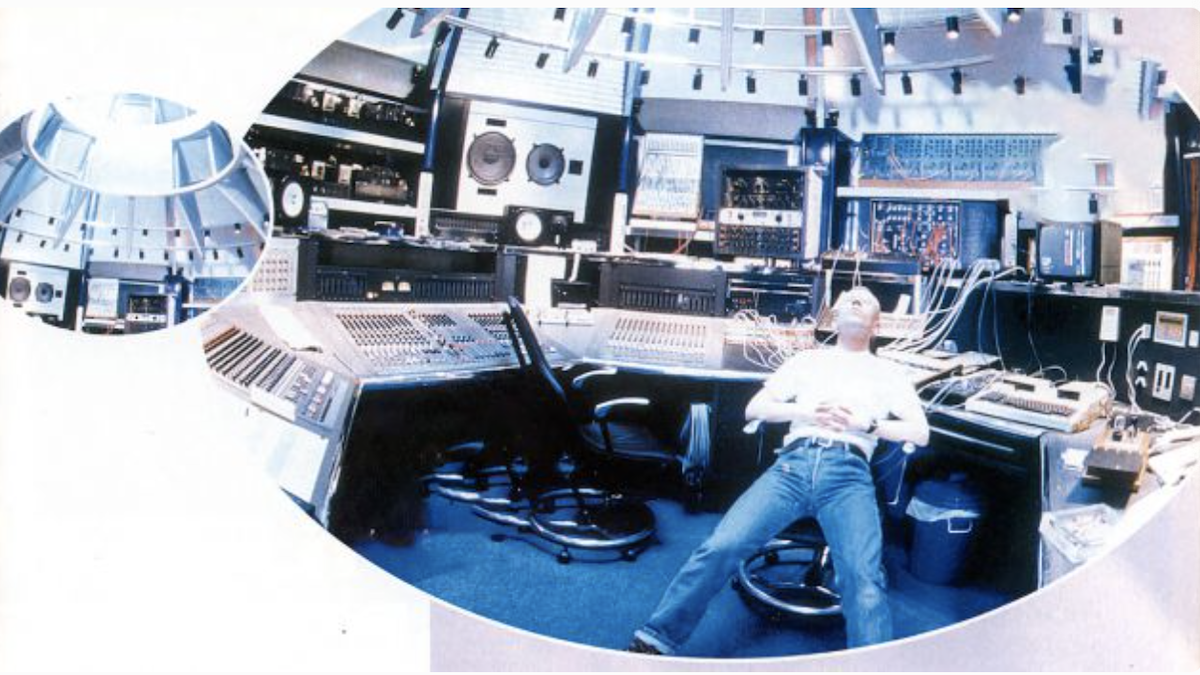
According to our long lost relative, The Mix magazine, “The studio building took two years to design and a further two to build, so complex was its construction. Before anything else was done, the contractors had to excavate half a sphere in the ground, blow up a massive circular balloon in the hole, and plaster the top with girders and concrete to achieve the unusual dome shape."
Get the MusicRadar Newsletter
Want all the hottest music and gear news, reviews, deals, features and more, direct to your inbox? Sign up here.
They had to plaster the top with girders and concrete to achieve the unusual dome shape
The magazine even created this lovely overview of the studio and the gear within it. You can see where Vince put his beloved MC-4 sequencers but we love that most of the design just says the words 'synthesisers'.
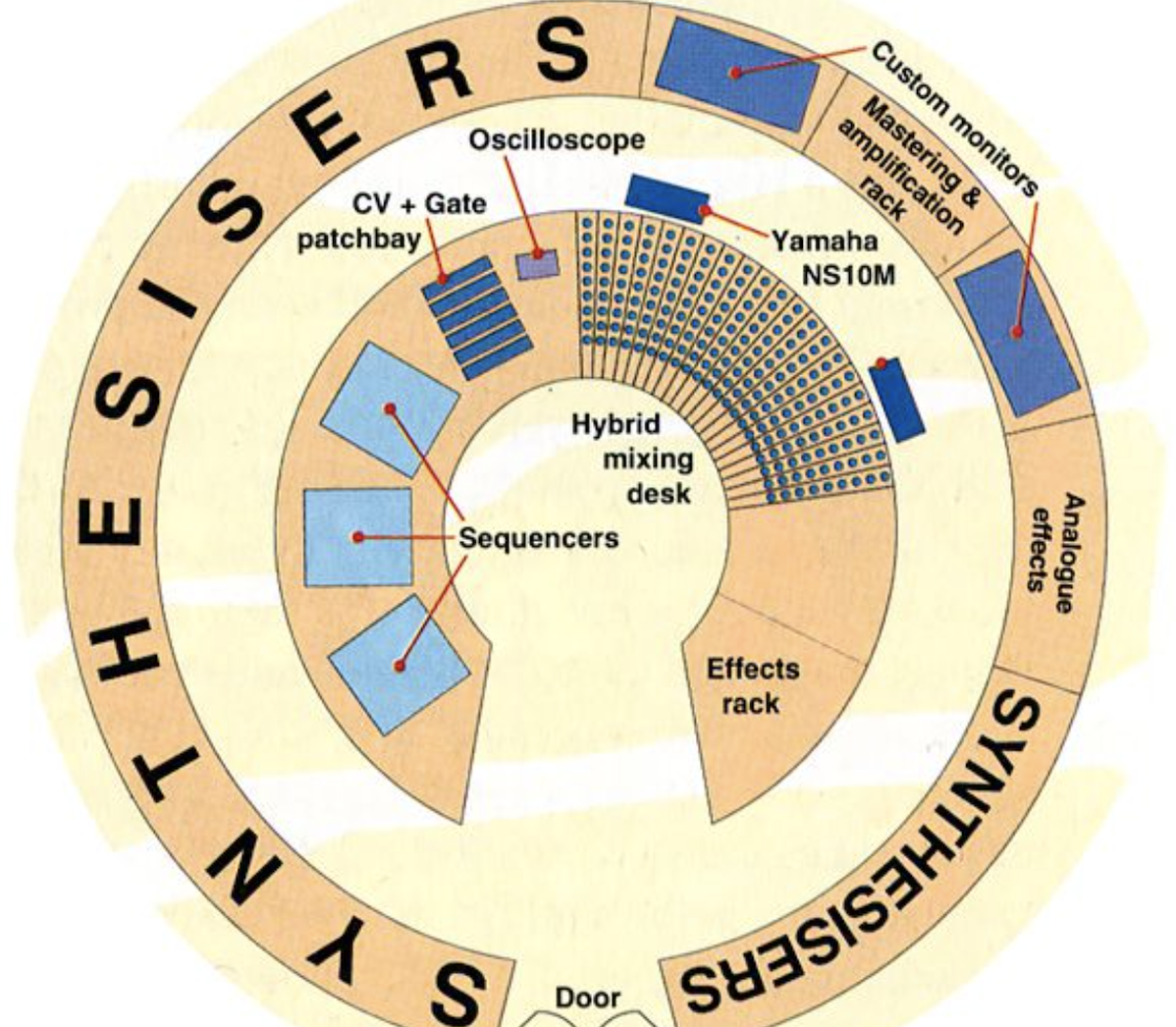
There are just a few pictures of the inside of the studio, but here's Vince's Roland System-100.
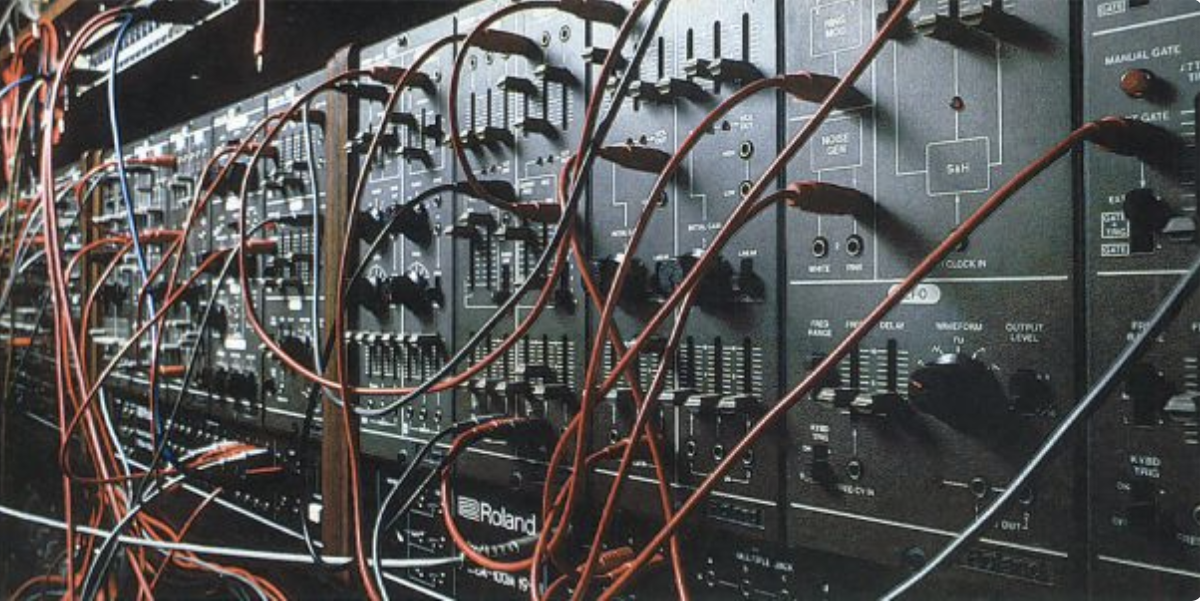
And those Roland MC-4 sequencers.
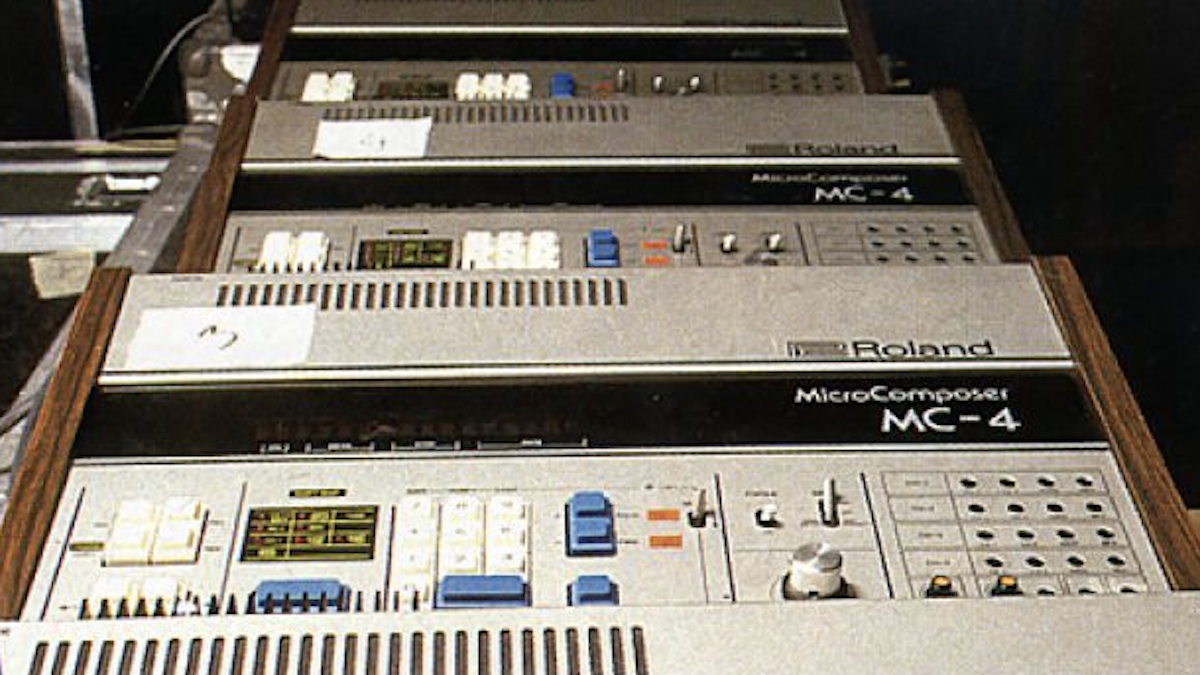
And if you want to see more about his synths, there's an excellent tour of one of Clarke's later studios here.
Back to the dome studio itself, there were rumours that Clarke gave it up because of flooding – it was built on land with a high water table – but that doesn't seem to be the case.
The following clip from a show on the Discovery Channel called Extreme Houses (although we think it might be 'Extreme Homes') shows the brilliance of both Vince's original house and the studio as the then current owner, Paul Dickson, gives a guided tour of both. He bought the house from Vince before Clarke relocated to the States.
As you can see, the circular house is something else, with its circular design said to be based on ammonites. There's a three-storey spiral staircase in the middle, a pool, jacuzzi, and a glass dome on the top – as you do. That's what writing Just Can't Get Enough gets you.
But as for the studio itself, well that is no longer a haven for some of the best analogue gear in the world, but a library. A nice one at that.
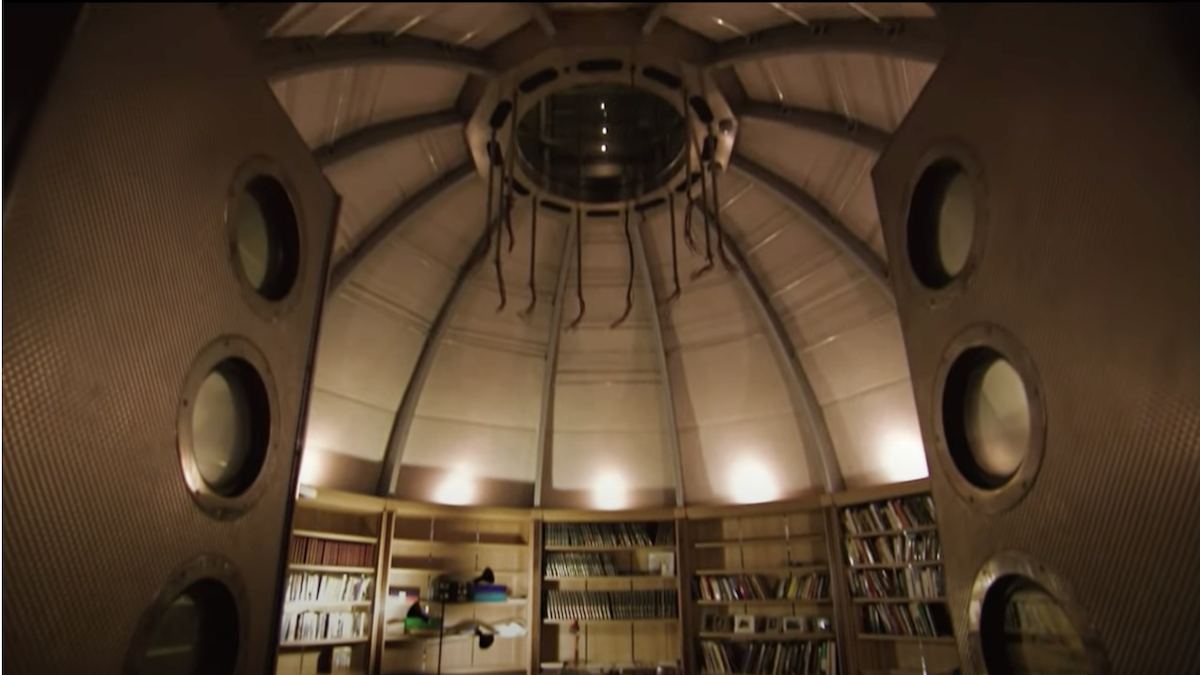
So why did Vince leave the house and studio that took him so long to design and ship everything out to the States? He fell in love with an American, Tracy Hurley Martin, simple as that. Bless. Tracy used to play bass in a band called Prophylactic Fear and is, yes this is true, the co founder of the Morbid Anatomy Museum. Wonder if it's in a dome shaped building.


Andy has been writing about music production and technology for 30 years having started out on Music Technology magazine back in 1992. He has edited the magazines Future Music, Keyboard Review, MusicTech and Computer Music, which he helped launch back in 1998. He owns way too many synthesizers.
“The most musical, unique and dynamic distortion effects I’ve ever used”: Linkin Park reveal the secret weapon behind their From Zero guitar tone – and it was designed by former Poison guitarist Blues Saraceno’s dad
“Nope, it’s real”: Jack Black and Keanu Reeves both confirmed for upcoming Weezer movie

